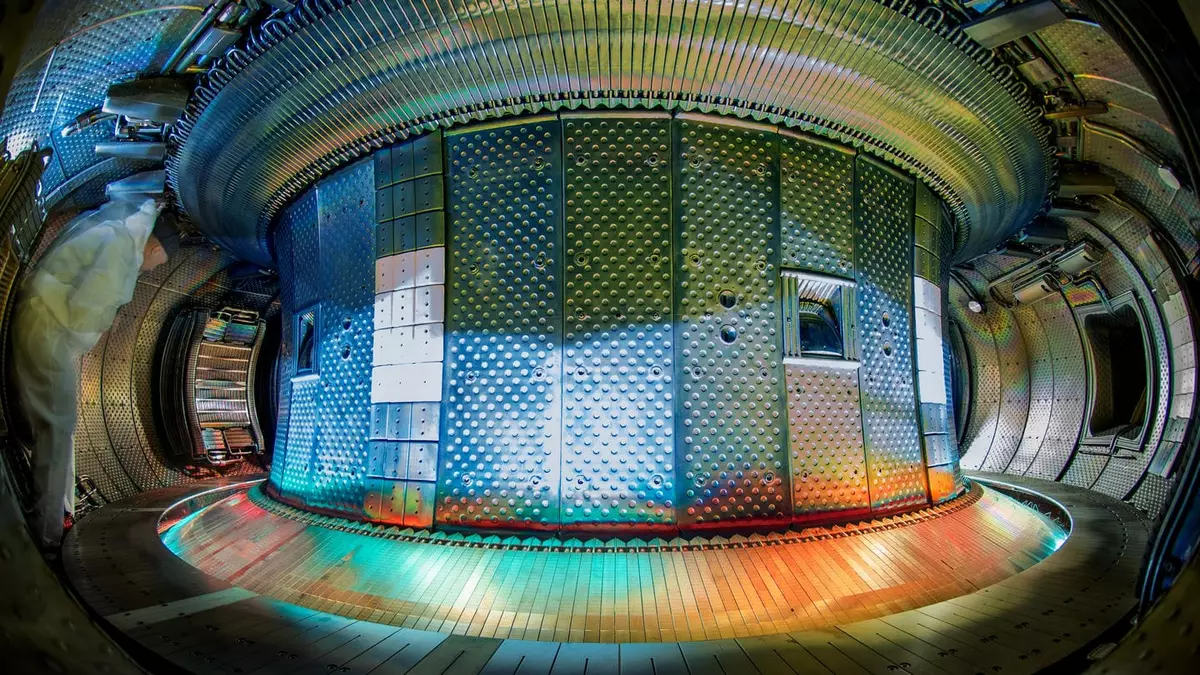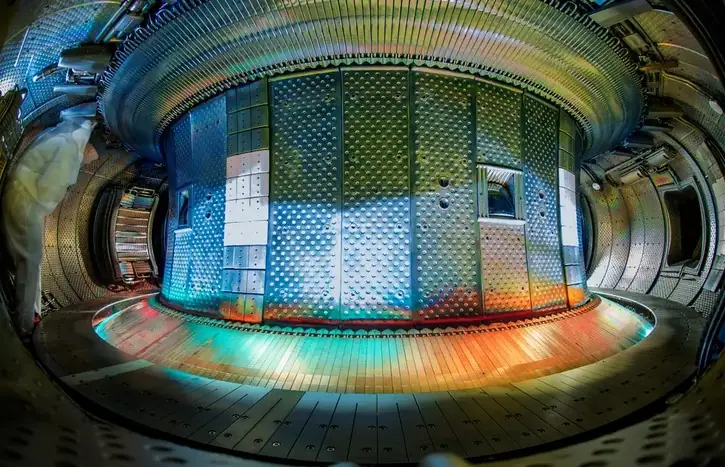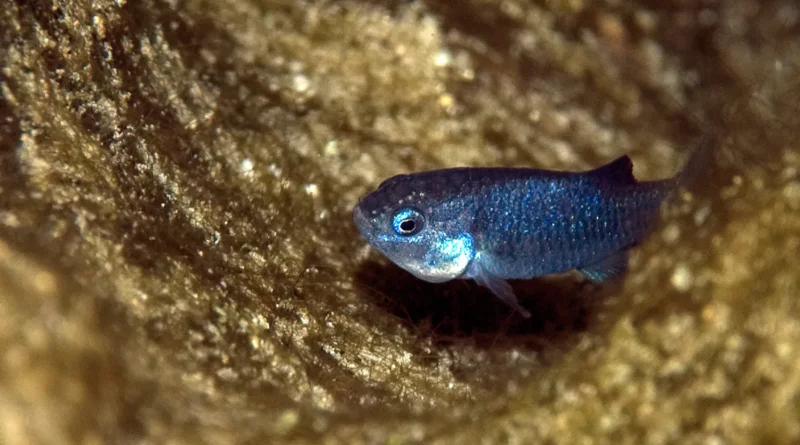
Chemical images of the insides of bacteria were 30 times clearer than images of conventional mid-infrared microscopes. Researchers at the University of Tokyo have developed an advanced mid-infrared microscope that allows them to see structures inside living bacteria at the nanometer scale. Mid-infrared microscopy is usually limited by low resolution, especially when compared to other microscopy techniques.
This latest development produced images at 120 nanometers, which the researchers say is a thirty-fold improvement in the resolution of typical mid-infrared microscopes. Being able to see samples more clearly at such a smaller scale could help many areas of research, including infectious disease, and pave the way for developing even more accurate mid-infrared images in the future.
The microscopic realm is where viruses, proteins, and molecules live. Thanks to modern microscopes, we can get down and see the inner workings of our own cells. But even these impressive tools have limitations. For example, high-resolution fluorescence microscopes require samples to be fluorescently labeled. Sometimes it can be toxic to the specimens, and prolonged exposure to light during viewing can bleach the specimens, meaning they are no longer useful. Electron microscopes can also provide very impressive detail, but the specimens must be placed in a vacuum, so living specimens cannot be examined.
Advantages of mid-infrared microscopy
In comparison, mid-infrared microscopy can provide both chemical and structural information about living cells without the need to stain or damage them. However, its use has been limited in biological studies due to its relatively low resolution. While high-resolution fluorescence microscopy can narrow down images to tens of nanometers (1 nanometer equals one millionth of a millimeter), mid-infrared microscopy can typically only reach about 3 microns (1 micron equals one thousandth of a millimeter).
However, in a new breakthrough, researchers at the University of Tokyo have achieved higher-resolution mid-infrared microscopy than ever before. "We have achieved a spatial resolution of 120 nanometers, that is, 0,12 microns. This amazing resolution is about 30 times better than traditional mid-infrared microscopy," explained Professor Takuro Ideguchi from the University of Tokyo's Institute of Photonic Science and Technology.
The team used "synthetic aperture," a technique that combines multiple images taken at different lighting angles to create a sharper overall picture. As a rule, the sample is placed between two lenses. However, lenses inadvertently absorb some mid-infrared light. They solved this problem by placing a sample of bacteria (were used E. coli and Rhodococcus jostii RHA1) on a silicon wafer that reflected visible light and transmitted infrared light. This allowed the researchers to use a single lens, allowing them to better illuminate the sample with mid-infrared light and obtain a more detailed image.
"We were surprised by how clearly we could observe the intracellular structures of bacteria. The high spatial resolution of our microscope can allow us to study, for example, antimicrobial resistance, which is a global problem,” Ideguchi said. "We believe that we can continue to improve the technique in various directions. If we use a better lens and a shorter wavelength of visible light, the spatial resolution can be even below 100 nanometers. With extreme clarity, we would like to study different cell samples to solve fundamental and applied biomedical problems.”


 56
56











